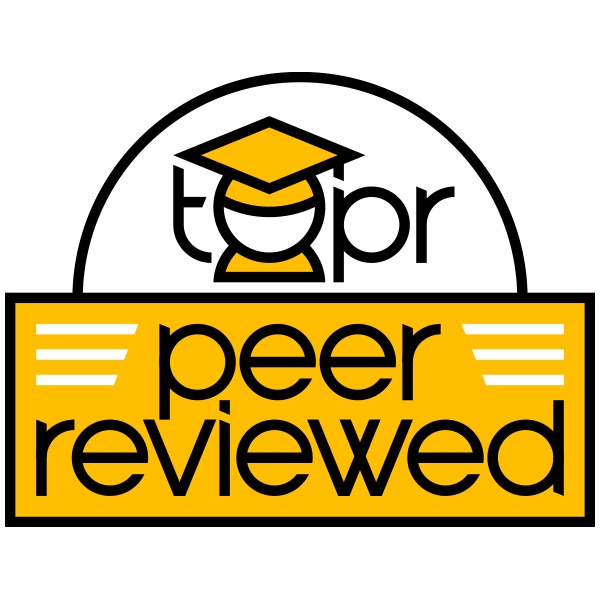
Discussion forums are commonly used in online courses because benefits are multiple. However, instructors and students may find it daunting to read tens or hundreds of posts. One way to make online discussions less overwhelming is to allow alternative means of expression. Instead of writing, students may be encouraged to use images, voice, and videos. Most learning management systems (LMS) have accommodated the use of multimedia. Instructors only need to design the discussion to accept those media options and provide guides for students to produce and submit the media. When students use multiple means of expression, instructors receive more creative responses and perhaps grading those discussions become more fun. Students are more engaged and may be likely to think outside the box. Encouraging multiple means of student’s response also aligns well with Universal Design for Learning principle.
Below are some tips for when you plan and design your instructions:
- Make it optional by encouraging the use of images, voice, and videos; but maintain the option for writing. Because some students may feel uncomfortable with video or voice recording and some may not own a video camera or a microphone, leaving an option for writing is a safe approach.
- Limit the length of audio and video students may produce. One-minute video is approximately 150 words.
- Help students prepare and record the multimedia by either providing guidance or linking to resources available at your institution or outside resources.
- Inform students that if they use images, audios, or videos that are not their own, they need to comply with copyright law and properly cite the sources of those media.
- Encourage students to ensure accessibility of their media by adding alt-text to images and providing captions or transcripts for audios or videos.
Link to example artifact(s)
Below is an example of a discussion assignment that encourages students to submit video, audio, or images. This example is modified from a class, Communication in Cultural Conflict Context, by Anchalee Ngampornchai.
Discussion Topic: Your Family History and Cultural Values
In this discussion, you reflect on the history of your family. How does the history you choose to focus on relate to histories/stories/narratives of some cultural groups? How has your family history affected your own belief, identity, and attitude towards other cultural groups that may be parts of your histories? You may tell a story that has been told several times within your family. You may talk to your family members to help you complete this discussion. Reply to at least TWO classmates.
I welcome your creativity with your response. You may complement your post by photos/graphics. Just make sure the photos you use are your own or copyright-free.
Your options aside from writing:
If you’d rather tell the story using your own voice or video, you can do so in this discussion. Your recorded audio or video should be shorter than 2 minutes. Keep it concise and clean! You may use Rich Content Editor to record your audio or video. Or, you can upload your video to YouTube or Vimeo and post the link to the video as your submission.
Link to scholarly reference(s)
CAST. About Universal Design for Learning. Retrieved from http://www.cast.org/our-work/about-udl.html#.W8DJEmhKhPY
Digital Splash Media. (2013, May 14). Determining video duration with script word count. Retrieved from https://digitalsplashmedia.com/2013/05/determining-video-duration-with-script-word-count/
Johnson, Chris. How many words in a 1 or 2 minute demo video script? Retrieved from https://simplifilm.com/how-many-words-in-a-1-or-2-minute-demo-video-script/
Citations
Ngampornchai, A. (2018). Support students to use multimedia in discussion forum. In B. Chen, A. deNoyelles, & A. Albrecht (Eds.), Teaching Online Pedagogical Repository. Orlando, FL: University of Central Florida Center for Distributed Learning. https://topr.online.ucf.edu/multimediaindiscussion/.